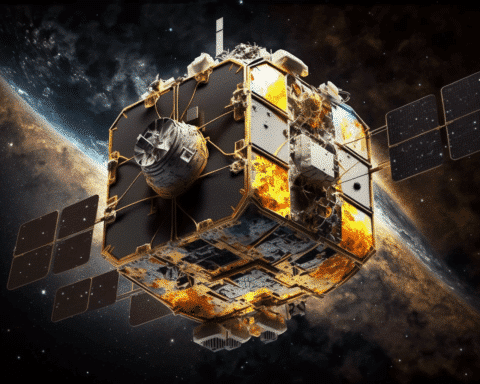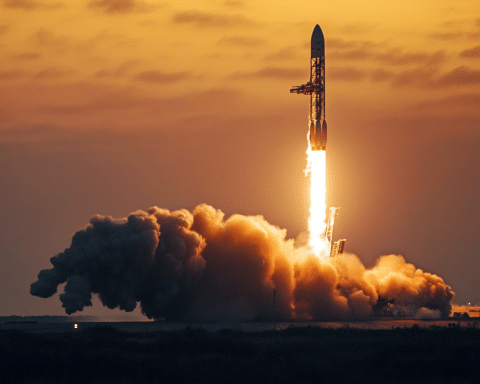In an ambitious endeavor to extend human presence beyond Earth, NASA has teamed up with Nokia to establish a groundbreaking cellular network on the Moon. This partnership marks a significant step toward laying the foundation for sustained lunar exploration and future missions to other celestial bodies.
Scheduled for launch later this year aboard a SpaceX rocket, the initiative aims to deploy a 4G network at the Moon’s south pole, a region of immense scientific interest and potential resources. The network, designed and built by Nokia’s Bell Labs, represents a pioneering effort to overcome the challenges of operating in the harsh lunar environment, including extreme temperatures and radiation.
Once installed, the cellular network will be remotely controlled from Earth, enabling real-time communication and data transmission between the lunar surface and mission control. This capability is particularly crucial for NASA’s Artemis program, which seeks to return astronauts to the Moon this decade and establish a sustainable human presence.
One of the primary objectives of the mission is to search for ice on the lunar surface, a critical resource that could be utilized to produce breathable oxygen and fuel for future missions to Mars and beyond. Two roaming vehicles equipped with specialized instruments will traverse the Moon’s terrain, transmitting images and data back to Earth via the cellular network in near real-time.
The successful implementation of the lunar cellular network could revolutionize space exploration by enabling high-resolution video streaming, scientific research, and even personal communication for astronauts stationed on the Moon. Furthermore, it lays the groundwork for an off-world internet, allowing space colonists to access the same applications and services available on Earth.
NASA’s selection of Bell Labs for this project underscores the company’s expertise and innovation in communication technology. Through its participation in NASA’s Tipping Point initiative, Bell Labs has received a $14.1 million grant to develop technologies for future space missions, positioning itself as a key player in the emerging space economy.
In addition to its collaboration with NASA, Nokia has been chosen by the US Defense Advanced Research Projects Agency (DARPA) to work on communication infrastructure for the lunar economy. This strategic partnership highlights the potential commercial applications of space-based communication technology, not only for lunar exploration but also for terrestrial industries operating in remote and harsh environments.
Thierry Klein, president of Bell Labs Solutions Research, emphasized the importance of communication technology in sustaining a semi-permanent or permanent human presence on the Moon. He stated that a future lunar economy would depend critically on robust communication networks for data collection, information sharing, and operational control.
The development of compact, low-footprint network equipment capable of withstanding the rigors of space travel and operation represents a significant technological achievement with potential benefits for Earthly applications. From remote industrial sites to public safety and disaster response efforts, the resilience and versatility of space-tested communication technology could revolutionize various sectors.
As humanity embarks on the next chapter of space exploration, the collaboration between NASA and Nokia serves as a testament to the power of innovation and partnership in advancing scientific discovery and expanding the horizons of human endeavor. With the establishment of a cellular network on the Moon, the dream of a sustained human presence in space edges closer to reality, ushering in a new era of exploration and discovery.




